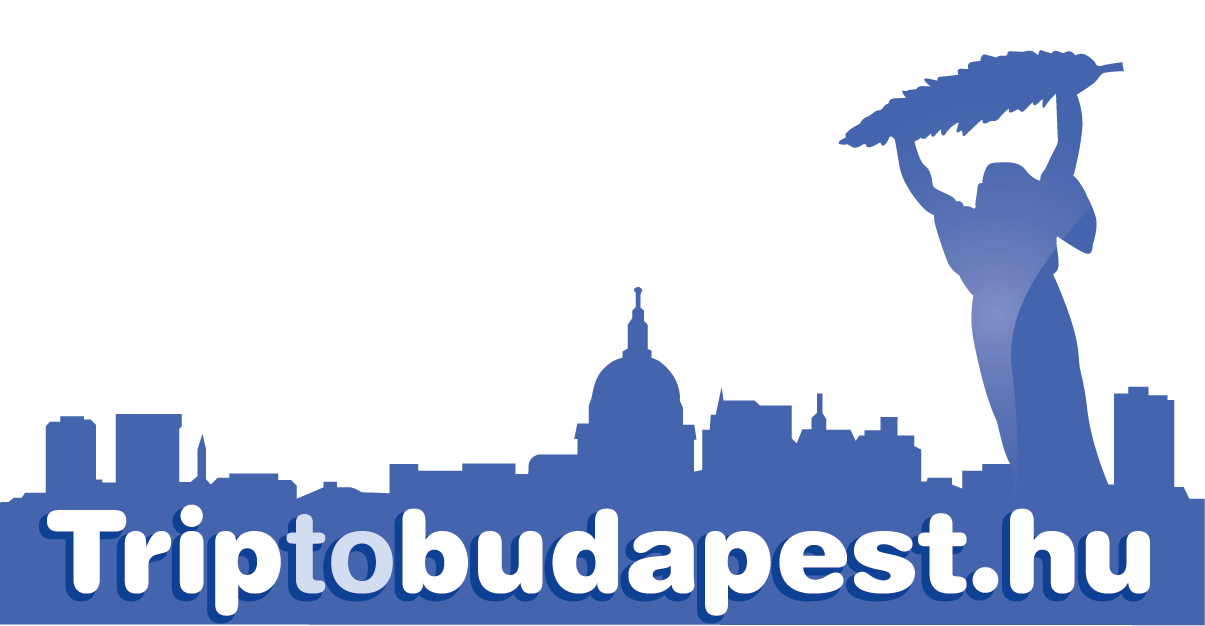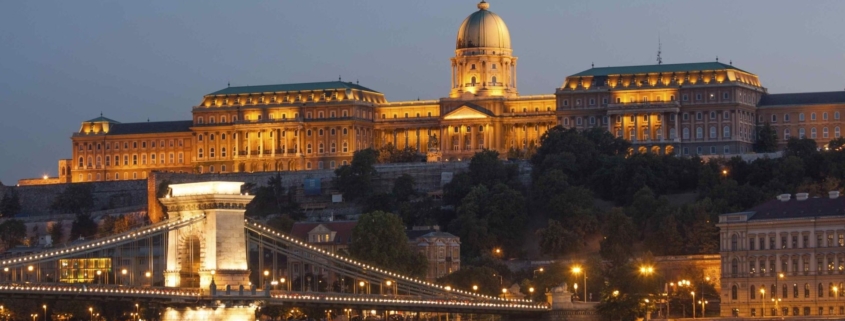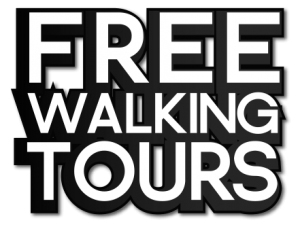The Liberty bridge. Liberty- or Freedom bridge (Szabadság híd in Hungarian) is the third public road bridge in Budapest. This lovely green color bridge located at the southern end of the inner city of the capital. It connects the Fővám square on Pest and the Gellért square on Buda. On the Buda end of it you can find the Gellért hill and the Gellért Hotel and Bath. On the Pest side of the bridge the Great Market Hall and the Váci shopping street awaits its visitors.
The Liberty Bridge is the shortest bridge in the centre of Budapest’s with its 333.6 meters. Initially it was built as part of the Millennium World Exhibition at the end of the 19th century, in 1896. 1896 was an important date in the Hungarian history: we celebrated the 1000th anniversary of the land taking of the ancient Hungarian tribes in Europe, in the Carpathian-basin in 896.
They built a lot of structures in Budapest for the Millennium Celebrations. The Liberty bridge was originally named Ferenc József híd (Franz Joseph Bridge) after Franz Joseph, the Habsburg Emperor of the Austro-Hungarian Monarchy. The bridge was opened in the presence of him and the last silver screw on the Pest bridge end was inserted into the iron structure by the Emperor himself.
The Liberty bridge features art nouveau design, mythological sculptures and Hungary’s coat of arms on its side. The top of the four pillars are decorated with large bronze statues of the Turul, a falcon-like bird, which known by the Hungarians from ancient Hungarian mythology. You can see a big Turul statue next to the Royal Palace in the Castle district and in many parts of the country as well.
On the 15th of January 1945 the retreating German army blew the bridge up just like all the bridges in Budapest. A month later Soviet soldiers started filling the missing parts out. Later the Liberty bridge became the first permanent bridge that connected Pest and Buda after the second World War.
They started the full renovation of it in 1946 but it wasn’t until 1984 that it got back its original green color. They painted it grey in 1946 since that was the only color they had.
There have been tram lines running through the bridge from the beginning of its story and they still do nowadays as well. In recent years one summer when they were renovating the tram tracks on the Liberty bridge. It was closed for traffic, but opened for pedestrians on the weekends, so people started organizing all kinds of picknicks and events on the bridge and it was like this the next summer, too. It became a popular spot for locals and travelers.



